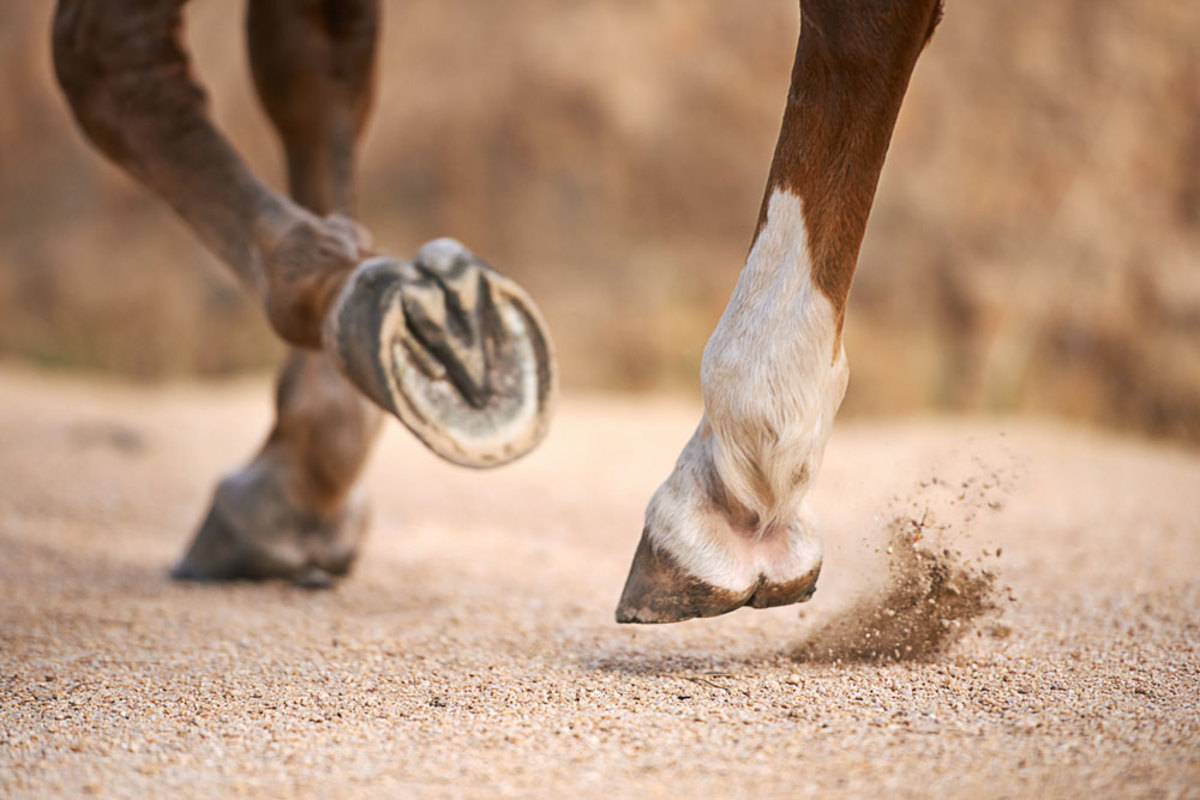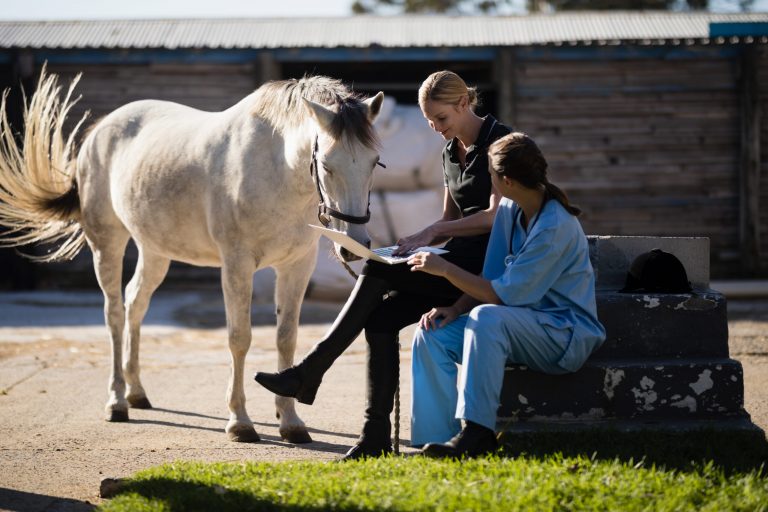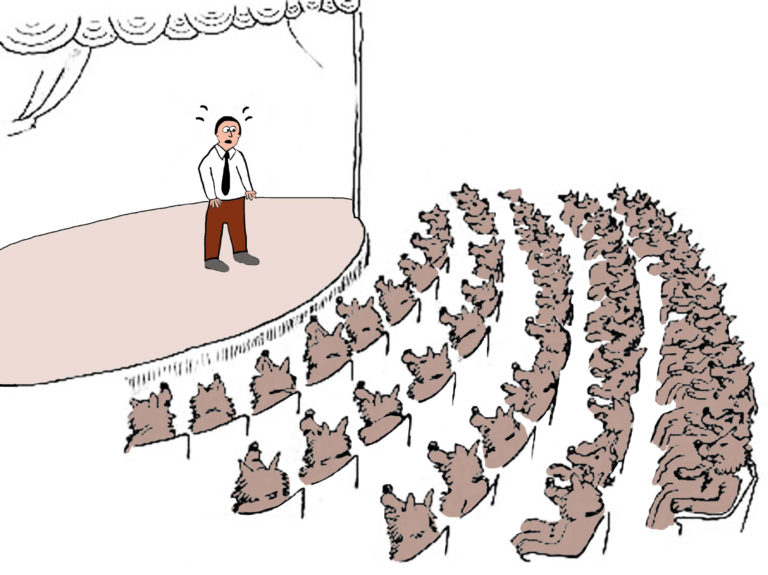
Barefoot advocates feel that the constriction of horseshoes can lead to abnormalities in equine hooves due to restriction of hoof expansion. A study evaluated risk factors that might lead to acquired hoof contraction: shoeing, breed, age and access to paddock or pasture [Senderska-Płonowska, M.; Zielińska, P.; Żak, A.; Stefaniak, T. Do metal shoes contract heels? – a retrospective study on 114 horses, Journal of Equine Veterinary Science 2020; doi: https://doi.org/10.1016/j.jevs.2020.103293].
The Polish study included 114 horses older than 3 years in 22 horse yards. Of these, 55 horses had gone barefoot their entire lives and 59 were shod with metal horseshoes throughout at least the previous year.
Measurements were taken of the frog width compared to its length—contraction is considered if frog width is 67% less than the frog length. The concern is that heel contracture adversely affects the hoof and consequently soundness. Wild (i.e., barefoot) horses experience hoof contraction 8% of the time compared to domestic horses. In some cases, domestic horses have an incidence of heel contracture as high as 100% in the forefeet, particularly in horses with poor-quality hoof care.
Other studies have identified heel contracture in working horses ranging from 11-95%. Thoroughbreds experienced 15% heel contraction in previous studies, with the observation that Thoroughbred heels tend to collapse rather than contract.
One previous study found that a 7-week shoeing interval adversely affects the hoof circumference and dorsal hoof wall angle but not necessarily the heel width. Another study demonstrated that 40 days of training (on the firm surface of a treadmill) in horseshoes results in decreased size of the digital cushion, especially compared to barefoot horses in similar training.
Horses with less access to a paddock or pasture had more heel contraction whereas metal shoes did not affect the width:length ratio.
In another study, the amount of movement by a horse has a significant effect on the width of the frog. In this current study, neither the time interval between shoeings nor the horses’ gender had any significant effect.
The researchers concluded: “The most important factor for hoof contraction is related to attributes of the individual horse. The study concludes that heel contraction is a multifactorial problem, mainly caused by breed and unknown features correlated with each individual.”








